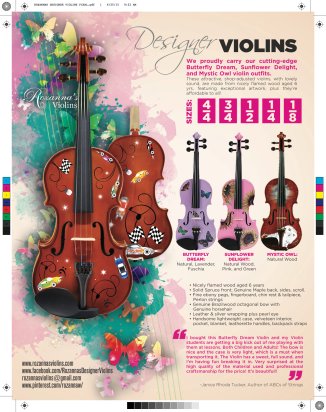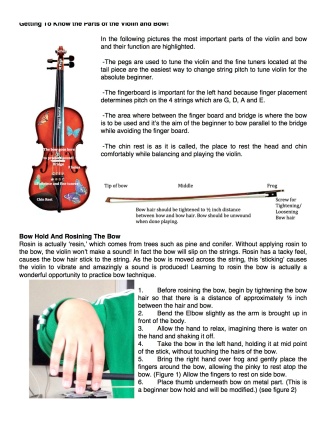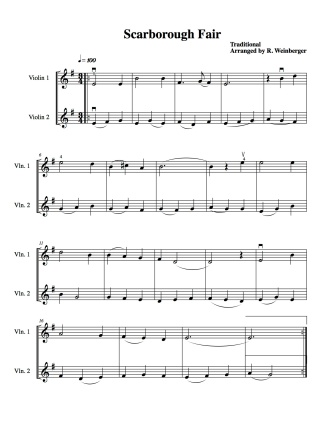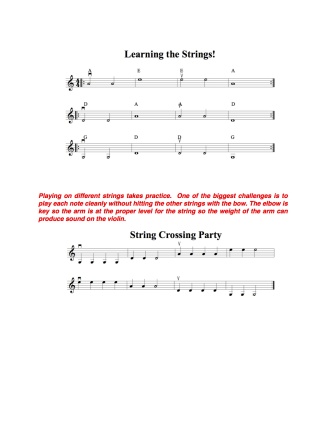by Rozanna Weinberger
Right hand finger action is a cause for bewilderment by many students. The myth is that the fingers must be trained to move back and forth, to curl and straighten, to effect a proper bow hold. While in principal its true these movements need to occur, the movements are the effect of a chain of events in the bow arm and not the cause of those movements in such bow strokes as spiccato and of course detache & legato.

Paint bristles react they do not initiate paint brush
To achieve this, Valborg Leland, who was a disciple of pioneering teacher D.C. Dounis explains one must find the *’naturally inclined position’ with respect to the fingers and wrist of the right hand. Once this is achieve the player can develop a feeling of ease in the right hand as fingers can begin to react to the arm weight. The opposite of this effortless feeling is to consciously initiate the finger action of the right hand. One must conceive the fingers like the bristles of an artists brush. The fingers of the right hand are not just shock absorbers for the arm weight, they also react to the movements initiated by the arm, forearm and back when producing a sound.
- To find the naturally inclined position Leland suggests to begin by extending the arm in front of self with fingers outstretched.
- Allow the hand and fingers to drop as though limp.
- Bring the tip of the thumb and middle finger together like playing with a bow. The position created is the ‘natural inclination’ of the fingers and hand when bowing.
- The task in maintaining a proper finger technique hinges on maintaining this naturally inclined position. (Some players tend to have the wrist overly pronated because of a lack of balance in the hand, but returning to this very basic motion study well help orient the student to the most natural approach.)
Applying this understanding of maintaining the ‘naturally inclined position’ in the right hand can now be applied to actual detache practice.
- Begin by placing the bow on the string at the middle of the bow. Relax the fingers and bow to its ‘naturally inclined’ position.
- Using the elbow like a hinge, begin playing by extending the forearm towards the tip of the bow. The challenge is to not drop the wrist but to maintain this ‘naturally inclined’ position so that even when playing towards the tip of the bow, this relationship of the fingers is one of dangling passively from the hand & wrist.
Many players are inclined to bend the wrist downward too much when playing towards the tip of the bow. The biggest problem with this is that the fingers of the bow hand lose the ability to act like shock absorbers to the weight going into the string. The outcome is that the sound is no longer produced by arm weight into the string but instead must be produced by pressing into the string with the hand and fingers. The result of such an approach will surely lead to excess tension, a pressed sound lacking resonance and too much effort in producing a sound in general. This extra work may not be obvious in the short term but is certainly felt when playing for an extended period of time.
- From ‘The Dounis Principals of Violin Playing: Their Meaning and Practical Application’ by Aalborg Leland
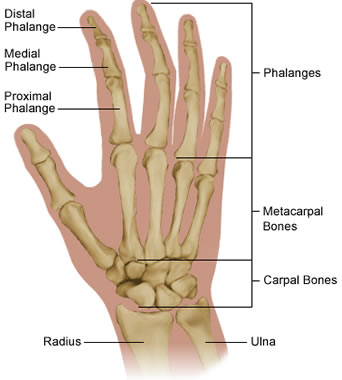
 by Rozanna Weinberger
by Rozanna Weinberger


